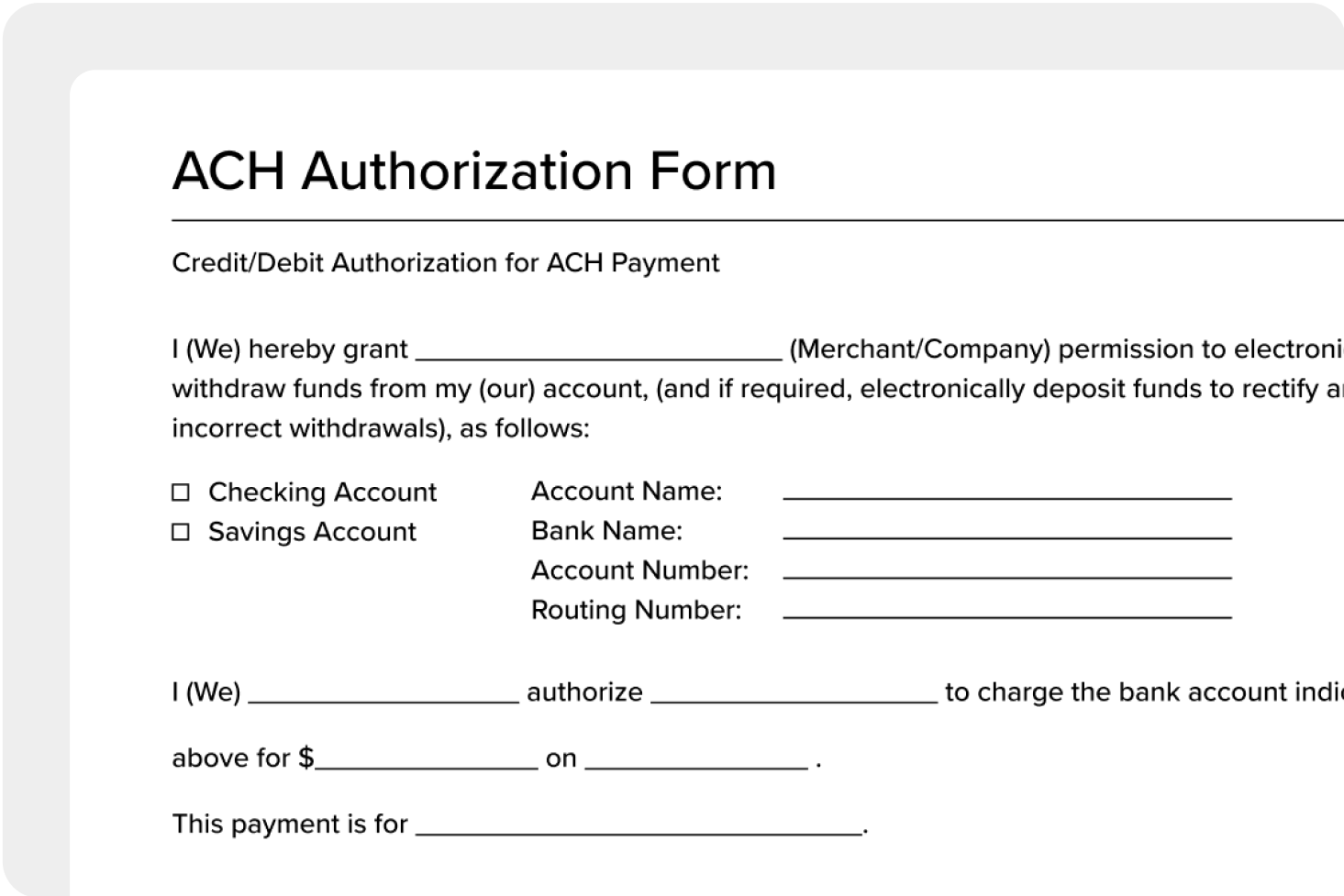What is an ACH return?
Automated Clearing House (ACH) is a secure electronic network that facilitates digital payments between financial institutions in the U.S. An ACH return can occur when a transaction doesn’t meet specific criteria and is, therefore, sent from the receiving bank back to the originating bank.
ACH returns include outgoing payments, known as ACH debits, and incoming payments, known as ACH credits. When a payment is returned, a refund is sent back to the Originating Depository Financial Institution (ODFI) or originating bank.
While reasons for ACH returns can vary, businesses and individuals should keep track of return codes to understand why their transactions fail. By understanding the reason behind the return, you can take action to resolve the issue and ensure successful transactions in the future.
ACH returns often get confused with ACH reversals, but the two have distinct differences.
ACH return vs. reversal
ACH returns and ACH reversals may sound similar, but they vary in terms of their processing and governance.
ACH returns are initiated by the RDFI when there’s an issue with a transaction, such as a lack of funds, incorrect account numbers, etc. The return process follows the guidelines of the National Automated Clearing House Association (NACHA), which governs the ACH network. The timeframe for initiating an ACH return is typically within 60 days from the settlement date of the original transaction.
In contrast, ACH reversals are initiated by the ODFI and can occur before the settlement process is completed. ACH reversals are usually due to duplicate payments, erroneous transactions, or to correct mistakes. Reversals have a shorter time frame for initiation than ACH returns, usually within five business days from the settlement date.
Now that you know the distinction between ACH returns and ACH reversals, it’s essential to understand how to return an ACH payment.
How do you return an ACH payment?
Returning an ACH payment involves a specific process and a set of requirements, depending on the situation.
Here’s how the process looks:
- The client’s bank is notified of the need for an ACH return due to an error or a request for a refund.
- The bank initiates the return by notifying the ACH network of the intended reversal of funds.
- The ACH network processes the return and notifies the originating bank of the funds’ return.
- The originating bank handles the returned funds and credits the client’s account accordingly.
Thankfully, ACH returns come with codes that can clarify the reason for the return to clear up any confusion. The following section covers a few of the most common codes you’ll likely run into when dealing with ACH returns.
ACH return codes
ACH return codes are alphanumeric codes that indicate the reasons for a transaction failure. These codes classify and categorize ACH returns, allowing businesses to understand why and when a payment failed.
ACH return codes always start with ‘R’ followed by two digits, each holding a specific meaning. Some of the most common codes include:
- R01 (Insufficient Funds): This code signifies that the account linked to the ACH payment doesn’t have sufficient funds to cover the transaction.
- R02 (Account Closed): This code indicates that the account linked to the ACH payment has been closed.
- R03 (No Account/Unable to Locate Account): This code indicates the account number linked to the ACH payment doesn’t match existing accounts or the account can’t be located.
- R04 (Invalid Account Number): This code signifies that the account number linked to the ACH payment is invalid.
These codes enable businesses to identify and understand the reasons for payment failures, ensuring accurate bookkeeping and operational efficiency. It’s essential for companies to actively monitor ACH return codes to mitigate potential risks and improve their cash flow.
How to avoid setbacks with ACH returns
Understanding the process of ACH returns is crucial for businesses to ensure smooth financial transactions.
Companies can familiarize themselves with these returns to better navigate electronic payments and avoid potential financial setbacks by proactively managing ACH payments.
More articles you might like:
CONTENTS
From direct deposit to bill payments, the ACH network shapes the landscape of electronic fund transfers. ACH extends its influence across various areas to move funds between businesses, individuals, and financial institutions.
- 1
- 2
- 3
- 4
- 5
- 6
- 7
- 8
- 9
- 10
- 11
- 12
- 13
- 14
- 15
- 16
- 17
- 18
- 19
